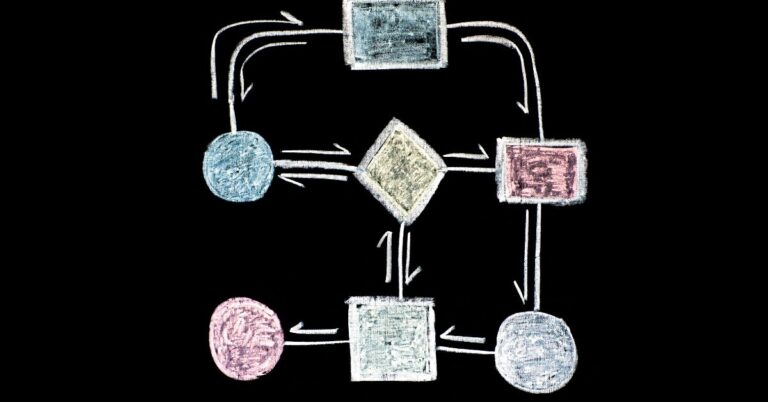Point and Aim Constraints Together
Point and aim constraints are often used in the design of systems that can achieve the desired goal. Generally, the point constraint is a specification for the desired target state of a system’s variables, while the aim constraint is a specification for how to get to the desired target state.
Point Constraint
A point constraint is a type of motion constraint that allows an object to move only along a specific point in space. This point is typically defined by the position of another object in the scene. Point constraints are often used to constrain the movement of objects in a 3D scene to a specific point in space, such as the position of another object or the center of gravity of a group of objects.
Point constraints can be helpful when you need to control the movement of an object precisely. For example, you may want to use a point constraint to keep an object from moving off-screen or to ensure that two objects collide at a specific point. You can also use point constraints to create realistic animations, such as making an object swing back and forth on a pendulum or orbit around another object.
When you create a point constraint, you specify the point in space that the object is constrained to. This point can be specified in several ways:
The position of another object in the scene
The center of gravity of a group of objects
A specific point in space, such as the origin (0,0,0) or the center of the screen
You can also specify how strictly the object is constrained to the point. For example, you can specify that the object can only move along a line between two points or that it can only rotate around the point.
Once you’ve created a point constraint, you can add other constraints to the object, such as orient or scale constraints.
Aim Constraint
The purpose of an aim constraint is to keep the gun pointed in a specific direction, usually at a target. The most common type of aim constraint is a sight picture, which uses the front and rear sights of the gun to align the barrel with the target.
Sight alignment is the key to accurate shooting, and it is something that must be constantly practiced. There are three main types of Sight Alignment:
1. Center Mass: This is the most basic sight alignment, and is what you should default to in most situations. To align your sights using center mass, simply line up the front and rear sights so that they are even with each other, and place the target in the middle of them.
2. Six O’Clock Hold: This sight alignment is used when you need to be very precise with your shots, such as when shooting long-range targets. To align your sights using a six o’clock hold, place the front sight on the target and align the rear sight so that it sits just below the target (at the six o’clock position).
3. Four O’Clock Hold: This sight alignment is used when you need to fire multiple shots quickly, such as in a self-defense situation. To align your sights using a four o’clock hold, place the front sight on the target and align the rear sight so that it sits just to the right of the target (at the four o’clock position).
Aim constraints can also be used to keep the gun pointed in a specific direction when moving. This is often used in tactical situations where the shooter needs to keep their gun pointed at a target while moving to cover.
Aim constraints are an important part of marksmanship and are something that all shooters should practice frequently.
Stance
The way you position your body while shooting can have a big impact on accuracy. There are many different shooting stances, but the most important thing is to find one that is comfortable for you and allows you to maintain a steady aim.
The most common shooting stance is the Isosceles Stance. This stance gets its name from the fact that it forms an isosceles triangle with your arms and the gun. To assume this stance, simply spread your feet shoulder-width apart and raise your arms so that they are parallel to the ground.
Another common shooting stance is the Weaver Stance. This stance was developed by Los Angeles police officer Jack Weaver in the 1950s. To assume this stance, simply spread your feet slightly more than shoulder-width apart and place your strong-side foot slightly back from your weak-side foot. Then, bend your knees slightly and lean forward so that your weight is evenly distributed between your feet.
There are many other shooting stances, but these two are the most commonly used. Experiment with different stances and find one that is comfortable for you and gives you the best results.
How to use the two constraints together
If you’re using both the point and aim constraints together, there are a few things to keep in mind.
First, make sure that the objects you’re constraining are positioned close enough to each other so that the constraint doesn’t have to stretch too far.
Second, when you’re setting up the constraint, be sure to set the ‘maintain offset’ option so that the two objects will maintain their relative positions even as they’re moved around.
Finally, if you need to adjust the strength of either constraint, you can do so by selecting one of the objects and opening the Property Editor (press F4).
In the Property Editor, expand the ‘Constraints’ section and you’ll see settings for both the point and aim constraints. By default, both constraints have a strength of 1.0. If you need to adjust the strength of either constraint, you can do so by changing the value next to the appropriate setting.
Conclusion
Point and aim constraints are two important factors to consider when aiming a gun. By understanding how these constraints work together, you can improve your accuracy and make sure that your shots hit their target every time.







